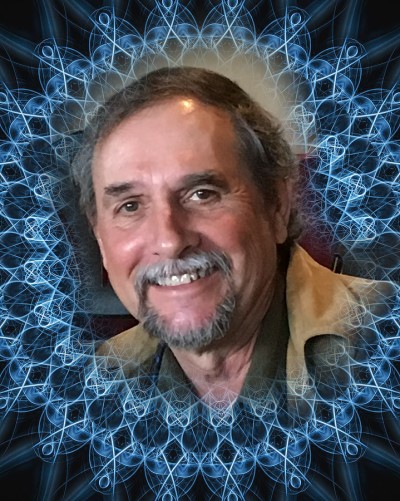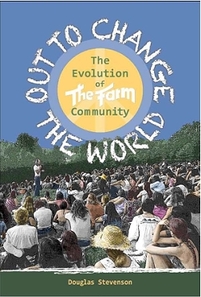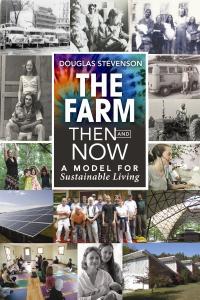|
Farm Fresh News - June 2022
Dear Friends,
Perhaps no endeavor better symbolizes the energy and ideals of The Farm than the work of its nonprofit, Plenty International.
From my book Out to Change the World, "By the mid-1970s, The Farm was feeling pretty strong. As was understood by everyone there, the members of The Farm were the product of America’s middle class, for the most part, white kids who were the benefactors of the European colonialism that had been exploiting the rest of the world for the last several centuries, exterminating native cultures while plundering the world’s resources in our wake.
Now spiritually aware and conscious of our position in the planetary hierarchy, Stephen Gaskin, founder of The Farm Community, communicated that this generation had a shared responsibility to somehow make amends by assisting those left behind in their effort to catch up and achieve what we believed should be basic human rights: clean water, adequate food, shelter, education, health and medical care.
Every member of The Farm literally signed a vow of poverty. We were living on about a dollar a day. We were dedicated and committed to making a difference in the direction of the planet. Again it seemed time to do more than talk about changing the world; we had to actually do something about it.
If the world’s resources were distributed equitably, there would be enough for everyone. Not just enough, an abundance, plenty. And so in 1974 The Farm went through the necessary steps to set up our first nonprofit and named it Plenty."
Now nearly 50 years later, Plenty International remains active with projects around the world. From Kids To The Country, to the Soy projects in Guatemala, gardens at the Pine Ridge reservation in South Dakota to solar electricity in Belize, the story of Plenty is that we can all do something to make a difference.
 Plenty has given me some of the richest experiences of my life. In this issue, I share my story with Plenty and you can explore the history since its founding through a new website, The Roots of Plenty, with lots of pictures, personal stories, and its long list of projects around the world.
You can also check out my chapter The Story of Plenty, an excerpt from my book Out to Change The World.
Namaste,
Douglas |
The Longest Walk - an excerpt from Tribal Cultures, The Farm Then and Now
In 1978 an event took place called The Longest Walk, a gathering of Native American tribes from across the U.S., calling attention to the economic conditions on reservations, broken treaties and raising awareness among the general population and even more specifically among Native American youth.
The Longest Walk began on the west coast with a couple of hundred participants with the intention to physically traverse to Washington D.C., picking up additional representatives from various tribes and Indian Nations as the group passed through different states. As The Longest Walk converged on the many hundreds of small towns and cities across the country, the presence of Native Americans would generate press and media coverage that spread the message and in its own way helped put pressure on bureaucrats in Washington D.C. managing Indian affairs.
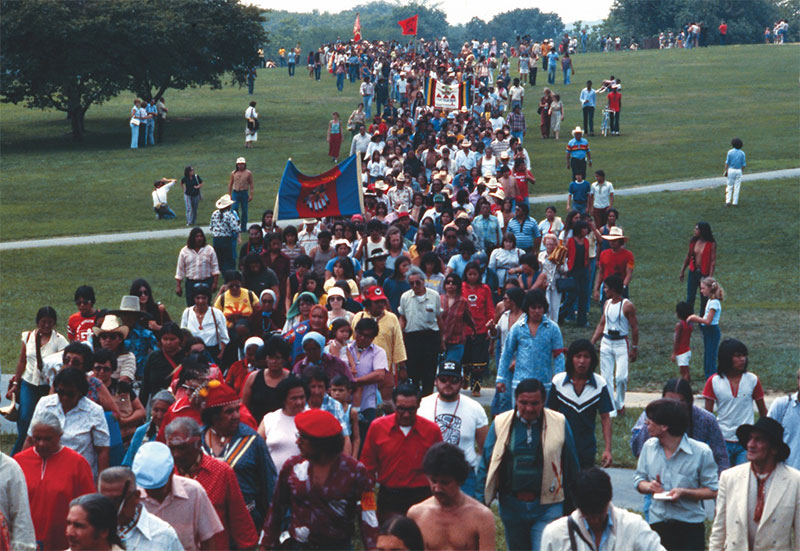
The Longest Walk of 1978, when Native American's marched from California to Washington DC.
photo by Plenty International
photo by Plenty International
Sensing the power and importance of this event, The Farm decided to send up an ambulance to help support the walkers and their mobile community. The Farm had one member who was Native American, a Muscogee Indian named Mark who would be the Medical Director, along with a crew which included the EMT trainees from Akwesasne and one member of The Farm’s radio crew whose main job was to assist with communications.
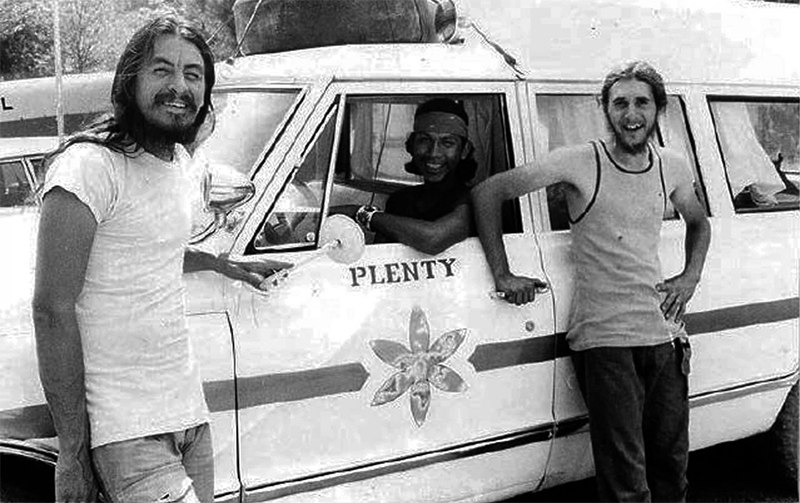
The Farm ambulance on The Longest Walk. I served as a radio communications tech and ambulance driver.
left - Mark Madrid, a Muskogee Creek who was also a member of the The Farm. center - Dwayne Shenandoah from the Akwesasne Nation of the Mohawk
photo by Plenty International
Read more about The Longest Walk in my chapter Tribal Cultures, from The Farm Then and Now, available to read for free on my website.
https://douglasstevenson.com/tribal-cultures/
left - Mark Madrid, a Muskogee Creek who was also a member of the The Farm. center - Dwayne Shenandoah from the Akwesasne Nation of the Mohawk
photo by Plenty International
Read more about The Longest Walk in my chapter Tribal Cultures, from The Farm Then and Now, available to read for free on my website.
https://douglasstevenson.com/tribal-cultures/
Our time in Guatemala
Without question, the most significant connection to tribal cultures by The Farm Community took place after its newly formed relief and development organization, Plenty, sent a team down to Guatemala after a devastating earthquake in 1976.
Deborah and I were among those sent down from The Farm. I had studied and received my amateur radio license specifically so that I could serve on a Plenty project. Deborah had trained in The Farm Clinic as a lab technician. She was able to use a microscope to identify parasites and track infections. We both had skills that were considered essential for the team and we jumped at the chance to go to Guatemala, arriving in December 1978 with our two children, Jody and Leah, ages four and two. It turned out to be one of the defining experiences of our life.
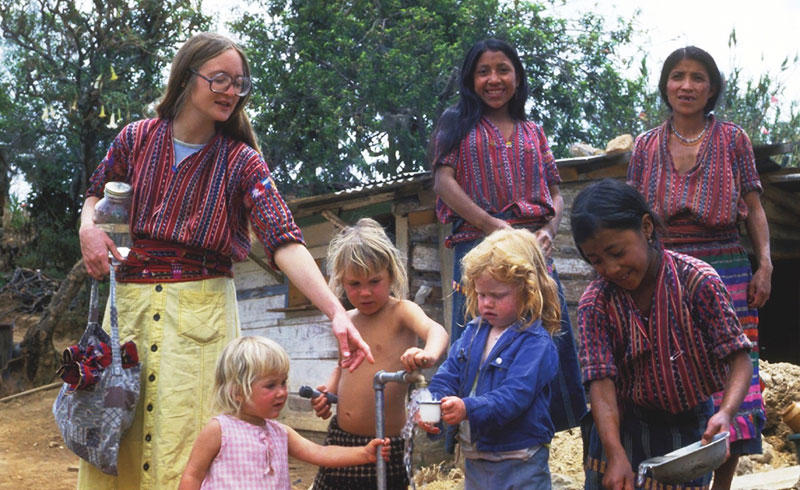
Deborah, with our daughter Leah (age 3) and Jody (age 5) and another red-headed kid from The Farm, see the results of the water project for our village. As our lab technician, Deborah set up a microscope to show folks in the village the amoebas living in the water from the creeks, demonstrating the importance of clean water. photo by Plenty International

Plenty Project director Clifford Figallo with men from the Village of San Bartolo, Solola, Guatemala, as the first water pours from a spring high in the mountains down through a pipeline to the village below. photo by Plenty International, photographer Dennis Martin
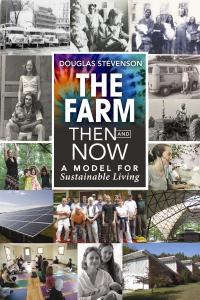 An excerpt from The Farm Here and Now Tribal Cultures |
Read more about our time in Guatemala in my chapter The Story of Plenty, from Out to Change the World, available to read for free on my website.
https://douglasstevenson.com/the-story-of-plenty/ There is more about Guatemala in the chapter, Tribal Cultures, from The Farm Then and Now, also available to read for free on my website. https://douglasstevenson.com/tribal-cultures/ See more pictures from our time in Guatemala on my photo album page https://douglasstevenson.com/guatemala/
|
Our time in Belize
From my wife, Deborah Flowers:
In 2000, I took on a project with Plenty International, living in Belize for 7 months to implement a training of 12 Mayan women from 10 different villages in the skills of prenatal care and natural childbirth.
In 2000, I took on a project with Plenty International, living in Belize for 7 months to implement a training of 12 Mayan women from 10 different villages in the skills of prenatal care and natural childbirth.
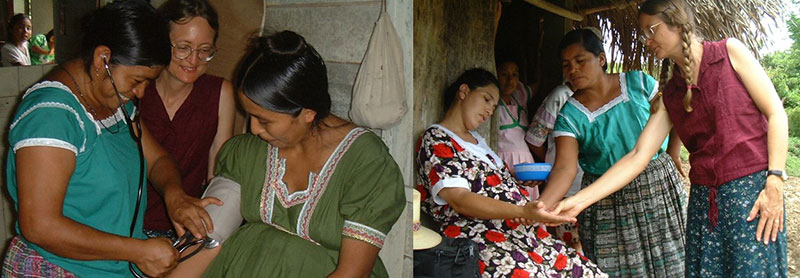
Over the duration of this project, twenty-two midwives and traditional birth attendants (TBA’s) have been trained and equipped to serve in their villages throughout the Toledo district.
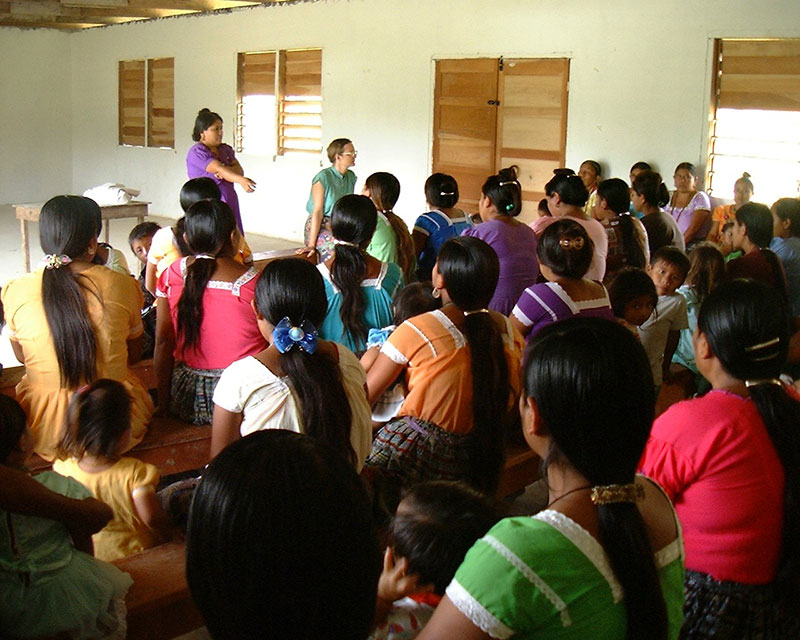
Meetings were held in the different villages explaining the project. A translator was used since many women only spoke the Mayan dialect of their village.
Some have taken the initiative to learn more about health care so they can be called upon in their villages when there are medical emergencies.
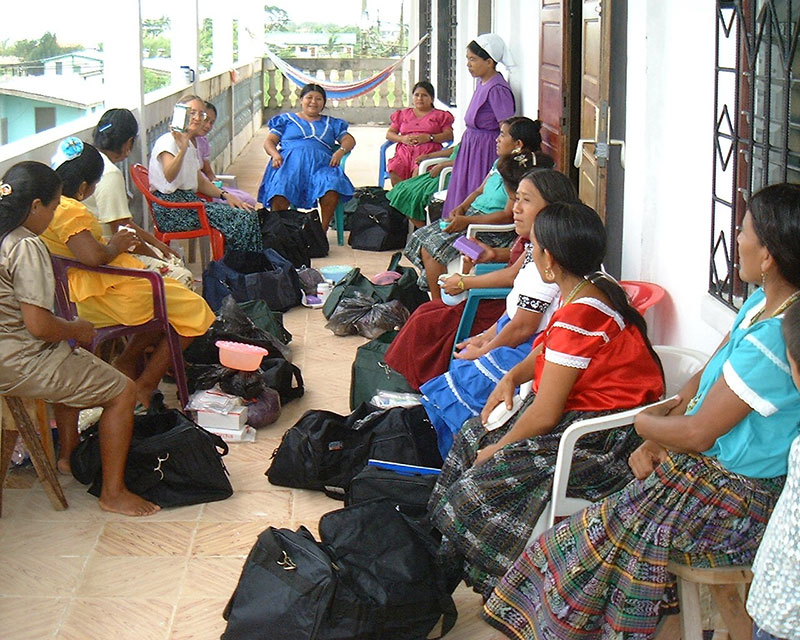
See more about Deborah's Plenty project in Belize on her web site https://farmmidwife.com/belize-midwifery-project/
Learn more about the project at the Roots of Plenty https://rootsofplenty.org/stories/belize-midwifery-project/
Thank you for your time and attention!
---------------------------------------------------------------------------------------
A big thanks to everyone who has become a patron of Farm Fresh!
When you become a subscriber, your contribution helps spread the word about community-based alternatives and the spiritual path.
Take this one small step to be part of the solution!
When you become a subscriber, your contribution helps spread the word about community-based alternatives and the spiritual path.
Take this one small step to be part of the solution!
You can help keep Farm Fresh going by pledging $2, $5, or $10 a month, or by making a one-time contribution.
Peace,
Douglas
Watch my TEDx Talk: Out to Change the World - Living the Hippie Dream

------------------------------------------------------------------------------------------
Speaking Engagements
At the same time, I recognize that I can reach a lot more people if I go outside the community. One of my goals is to speak at colleges and universities where I can talk to young people about Right Livelihood, Service, and Finding Sanity in an Insane World. This is a time when people need to hear an uplifting message of hope.
If you are part of an organization, event, or school (or you just want to learn more about my life's work), I invite you to visit my website www.douglasstevenson.com, where you'll find information on my lecture topics and how to bring me to speak in your area.
Thank you for your interest, and your support. I hope to see you down the road.
------------------------------------------------------------------------------------------------
------------------------------------------------------------------------------------
------------------------------------------------------------------------------------

My wife Deborah has retired from practicing midwifery on The Farm but continues to teach midwifery workshops and classes at the Farm's College of Traditional Midwifery. If you, a friend, or family member are considering a midwifery-assisted birth, I encourage you to visit The Farm Midwifery Center's website and make an appointment with one of the midwives currently taking on clients.
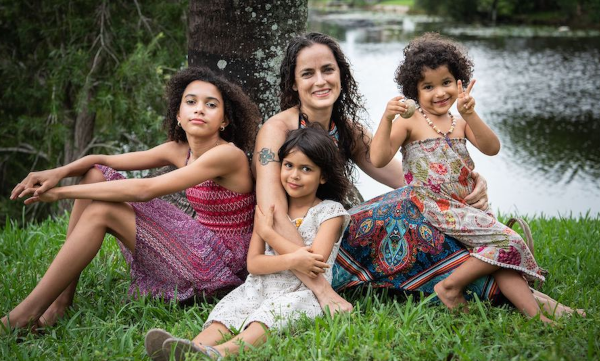
Corina Fitch, RN CPM
Born on The Farm, Corina has been a practicing midwife in the Miami area for 20 years.
She has recently returned to The Farm with her family.
Deborah's birth resource web sites for families seeking guidance on subjects such as
- Choosing a Care Provider.
- Health and Diet
- Challenges and Complications
- and much more!
- The Awakening Birth podcast is available on iTunes or at www.awakeningbirth.net

Village Media Services
Douglas@villagemedia.com
www.villagemedia.com
www.douglasstevenson.com
Douglas@thefarmcommunity.com
Douglas@villagemedia.com
www.villagemedia.com
www.douglasstevenson.com
Douglas@thefarmcommunity.com


